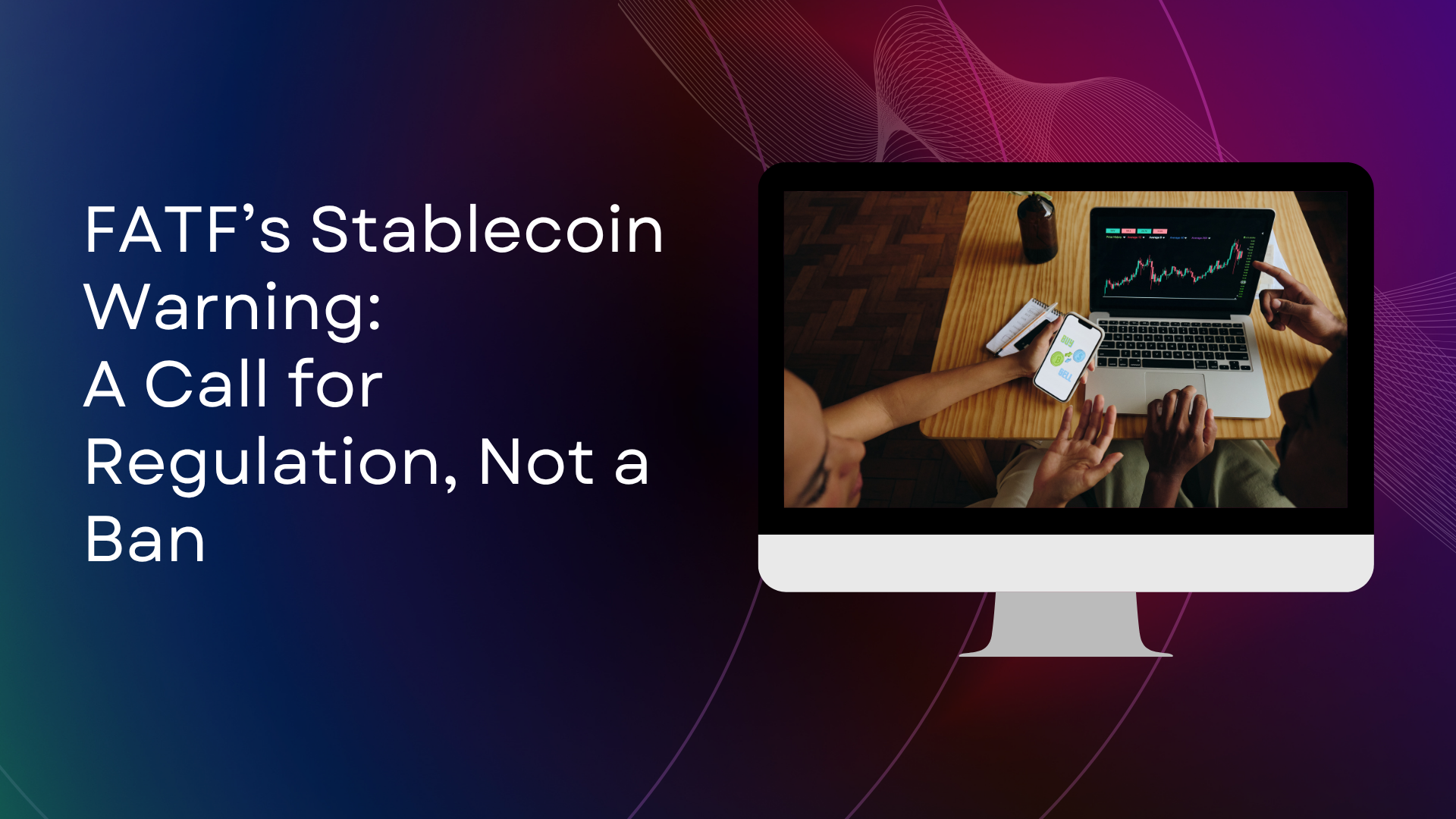
The Financial Action Task Force (FATF), a global authority on combating money laundering and terrorist financing, has issued a warning about the increasing misuse of stablecoins in illicit activities. Released on June 26, 2025, this alert has sparked discussions within the cryptocurrency industry, with experts from Chainalysis and Asset Reality emphasizing that the FATF’s stance is not anti-crypto but a call for robust regulation to enhance the sector’s credibility and growth. This article explores the FATF’s concerns, the role of stablecoins in illicit finance, industry responses, and the path forward for the cryptocurrency ecosystem.
Understanding the FATF and Its Role
Established in 1989, the FATF is an intergovernmental organization that sets global standards for anti-money laundering (AML) and counter-terrorist financing (CFT). Its recommendations guide countries in regulating financial systems, including virtual assets and virtual asset service providers (VASPs). Since 2019, the FATF has focused on cryptocurrencies, introducing measures like the Travel Rule, which requires VASPs to share transaction originator and beneficiary information. The organization’s latest report, published in June 2025, underscores the need for enhanced oversight of stablecoins due to their growing role in both legitimate and illicit transactions.
The Stablecoin Warning
Stablecoins, cryptocurrencies pegged to stable assets like the US dollar, have surged in popularity due to their low volatility and high liquidity. According to Chainalysis’s 2025 Crypto Crime Report, stablecoins accounted for 63% of all on-chain illicit transaction volumes in 2024, a significant shift from Bitcoin’s dominance in earlier years. The FATF’s report highlights that stablecoins’ mass adoption could amplify illicit finance risks, particularly in jurisdictions with inconsistent regulatory frameworks. The organization estimates $51 billion in illicit on-chain activity related to fraud and scams in 2024, with stablecoins playing a central role due to their ease of use and global accessibility.
The FATF is not advocating for a ban but instead calls for uniform licensing of stablecoin issuers, real-time transaction monitoring, and international collaboration to track illicit flows. This approach aims to balance the benefits of stablecoins—such as financial inclusion and efficient cross-border payments—with the need to mitigate risks.
Why Stablecoins Are Attractive for Illicit Use
Stablecoins’ stability and widespread acceptance make them a preferred choice for both legitimate and illicit transactions. Unlike volatile cryptocurrencies like Bitcoin, stablecoins maintain a consistent value, making them ideal for money laundering, sanctions evasion, and fraud. Their high liquidity and acceptance across exchanges allow bad actors to transfer value quickly without relying on traditional financial institutions.
However, stablecoins’ blockchain-based transparency enables transaction tracing, and issuers can freeze funds linked to suspicious activities. For example, Tether froze $225 million in USDT in 2023 and $12.3 million in 2025 tied to suspicious Tron addresses. Similarly, Circle froze $57 million in USDC on Solana in May 2025 at a US court’s request. Despite these measures, concerns persist. Blockchain analyst ZachXBT flagged significant USDC volumes used by North Korean IT workers, noting limited action by Circle to detect or freeze these funds.
| Stablecoin Illicit Activity Statistics | Details |
| Illicit Transaction Share | 63% of on-chain illicit volume in 2024 |
| Total Illicit Activity | $51 billion in fraud and scams (2024) |
| Notable Freezes | Tether: $225M (2023), $12.3M (2025); Circle: $57M (2025) |
| Key Concern | North Korean use of stablecoins for sanctions evasion |
Industry Response: Regulation as a Path to Growth
Crypto industry leaders view the FATF’s warning as a constructive step. Aidan Larkin, co-founder of Asset Reality, stated, “That’s not anti-crypto. It’s a recognition that credibility and growth depend on regulation that actually works”. He emphasized that the FATF’s focus aligns with its 2023 strategy to apply traditional AML standards to digital assets, enhancing asset recovery efforts. Jordan Wain, a policy adviser at Chainalysis, added that stablecoins’ dominance in illicit transactions reflects their broader market adoption, but their transparency makes them less ideal for crime compared to other assets.
Both experts argue that regulation fosters trust, attracting institutional investors and promoting sustainable growth. However, they acknowledge that blockchain intelligence tools alone are insufficient, suggesting the need for additional measures like secondary sanctions to enforce compliance.
Challenges in Global Regulation
The FATF report reveals significant gaps in global crypto regulation. While 73% of surveyed jurisdictions have passed Travel Rule legislation, nearly 60% lack enforcement directives, limiting effectiveness. Only one jurisdiction is fully compliant with FATF’s Recommendation 15, which governs virtual assets, while 50% are partially compliant and 21% are non-compliant. Decentralized finance (DeFi) poses additional challenges, as half of regulators require DeFi projects with identifiable control parties to register as VASPs, but enforcement is rare.
The FATF recommends accelerating VASP licensing, strengthening enforcement against unregistered entities, and monitoring DeFi arrangements. It also plans targeted reports on stablecoins, offshore VASPs, and DeFi in the coming year, with a comprehensive update on Recommendation 15 due in 2026.
Looking Ahead
The FATF’s focus on stablecoins highlights the dual nature of cryptocurrencies: their potential to drive financial innovation and their vulnerability to misuse. North Korea’s reported $1.46 billion crypto theft in 2024, with only 3.8% recovered, underscores the urgency of addressing these risks. As stablecoins surpass a $250 billion market cap, their role in global finance is undeniable, but so is the need for robust oversight.
The crypto industry must balance innovation with compliance to maintain trust. By adopting stronger AML/CFT measures and collaborating internationally, stakeholders can ensure stablecoins contribute to a safer, more inclusive financial ecosystem. The FATF’s ongoing efforts, combined with industry support, suggest a future where regulation and innovation coexist, fostering sustainable growth in the crypto sector.